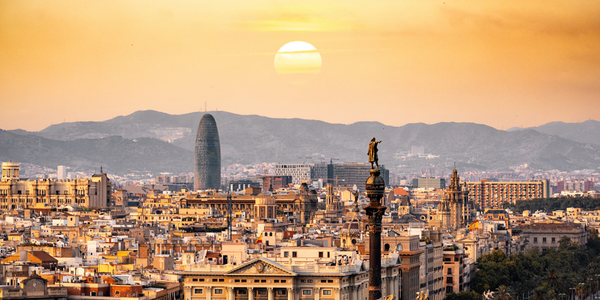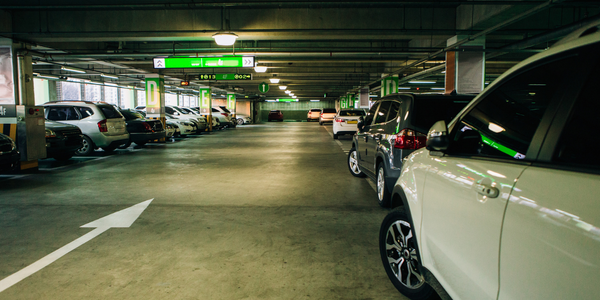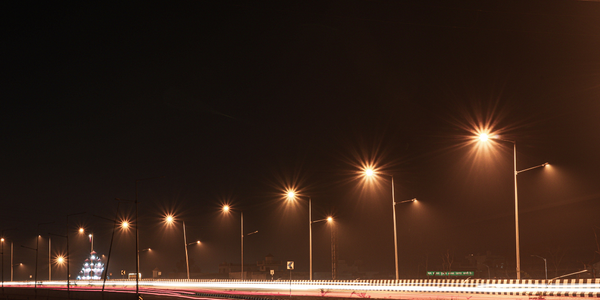公司规模
Mid-size Company
地区
- America
国家
- United States
产品
- Parker by Streetline
- ParkerMap
技术栈
- Real-time data analytics
- Sensor technology
实施规模
- Departmental Deployment
影响指标
- Customer Satisfaction
- Digital Expertise
- Productivity Improvements
技术
- 基础设施即服务 (IaaS) - 其他
- 分析与建模 - 实时分析
适用行业
- 城市与自治市
适用功能
- 设施管理
用例
- 智慧城市运营
服务
- 系统集成
关于客户
San Carlos, located in Silicon Valley, California, is a city with approximately 28,000 residents. Known as 'The City of Good Living,' it is one of 20 cities in San Mateo County. San Carlos is recognized for its proactive approach in leveraging technology to enhance the quality of life for its residents, businesses, and visitors. The city is committed to using innovative solutions to provide better services and information, making it a leader in the region and state. With a dynamic community, San Carlos is home to a variety of popular dining and shopping destinations, as well as hosting numerous events that draw significant foot traffic.
挑战
Downtown San Carlos, particularly Laurel Street, is a bustling area with numerous popular restaurants, cafés, shops, and salons. The city also hosts significant events like the 'Art and Wine Festival' and 'Hot Harvest Nights Farmer's Market,' attracting a high volume of visitors. However, a 2012 survey revealed that 57% of respondents felt there was insufficient parking in downtown San Carlos. This parking scarcity, despite indicating a thriving downtown economy, posed a challenge as it could potentially hinder the growth and vibrancy of the area.
解决方案
To address the parking challenges, San Carlos collaborated with Cisco and Streetline to implement a smart parking system. Streetline sensors were installed in 100 parking spaces along Laurel Street to monitor vehicle arrivals and departures, providing real-time occupancy data. This data was integrated into the Parker app by Streetline, offering hands-free voice navigation to guide motorists to available parking spaces. Additionally, ParkerMap was made available to merchants, allowing them to display real-time parking information on their websites. These tools aimed to dispel the perception of parking scarcity by providing accurate, real-time data, thereby improving the parking experience for residents and visitors.
运营影响
数量效益

Case Study missing?
Start adding your own!
Register with your work email and create a new case study profile for your business.
相关案例.

Case Study
Turning A Stadium Into A Smart Building
Honeywell created what it called the “intelligent system” for the National Stadium in Beijing, China, turning the venue for the opening and closing events at the 2008 Summer Olympics into a “smart building.” Designed by highly controversial artist Ai Weiwei, the “Bird’s Nest” remains one of the most impressive feats of stadium architecture in the world. The 250,000 square meter structure housed more than 100,000 athletes and spectators at a time. To accommodate such capacity, China turned to Honeywell’s EBI Integrated Building Management System to create an integrated “intelligent system” for improved building security, safety and energy efficiency.
.png)
Case Study
Smart Street Light Network (Copenhagen)
Key stakeholders are taking a comprehensive approach to rethinking smart city innovation. City leaders have collaborated through partnerships involving government, research institutions and solution providers. The Copenhagen Solutions Lab is one of the leading organizations at the forefront of this movement. By bringing together manufacturers with municipal buyers, the Copenhagen Solutions Lab has catalyzed the development and deployment of next-generation smart city innovations. Copenhagen is leveraging this unique approach to accelerate the implementation of smart city solutions. One of the primary focus areas is LED street lighting.

Case Study
Buoy Status Monitoring with LoRa
The Netherlands are well-known for their inland waterways, canals, sluices and of course port activities. The Dutch Ministry of Infrastructure indicates that there are thousands of buoys and fixed items in and near water environments that would profit from IoT monitoring. One of the problems with buoys for example, is that they get hit by ships and the anchor cable breaks. Without connectivity, it takes quite some time to find out that something has happened with that buoy. Not to mention the costs of renting a boat to go to the buoy to fix it. Another important issue, is that there is no real-time monitoring of the buoys at this moment. Only by physically visiting the object on the water, one gains insight in its status.

Case Study
Barcelona Case Study
Barcelona’s heavy traffic and its associated high levels of pollution were the primary factors that motivated some companies and universities to work on strategies for improving traffic in the city centre. Bitcarrier is one of the technologies involved in the In4Mo Project, whose main objective is to develop the applications that form the core of smart mobility, one of the fundamental pillars of the smart city concept.

Case Study
China Mobile Smart Parking
Smart Parking, powered by NB-IoT technology, is making it easier for drivers to find free parking spots. Cities can better manage their parking assets and maximize the revenue available to them as a result. Drivers searching for parking create congestion and pollution by circling and hunting for available parking. Smart Parking services are able to significantly ease these problems by guiding a driver directly to a parking space.








